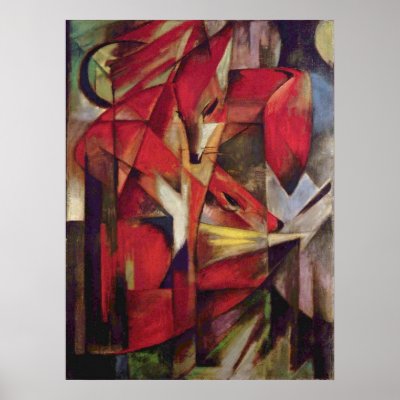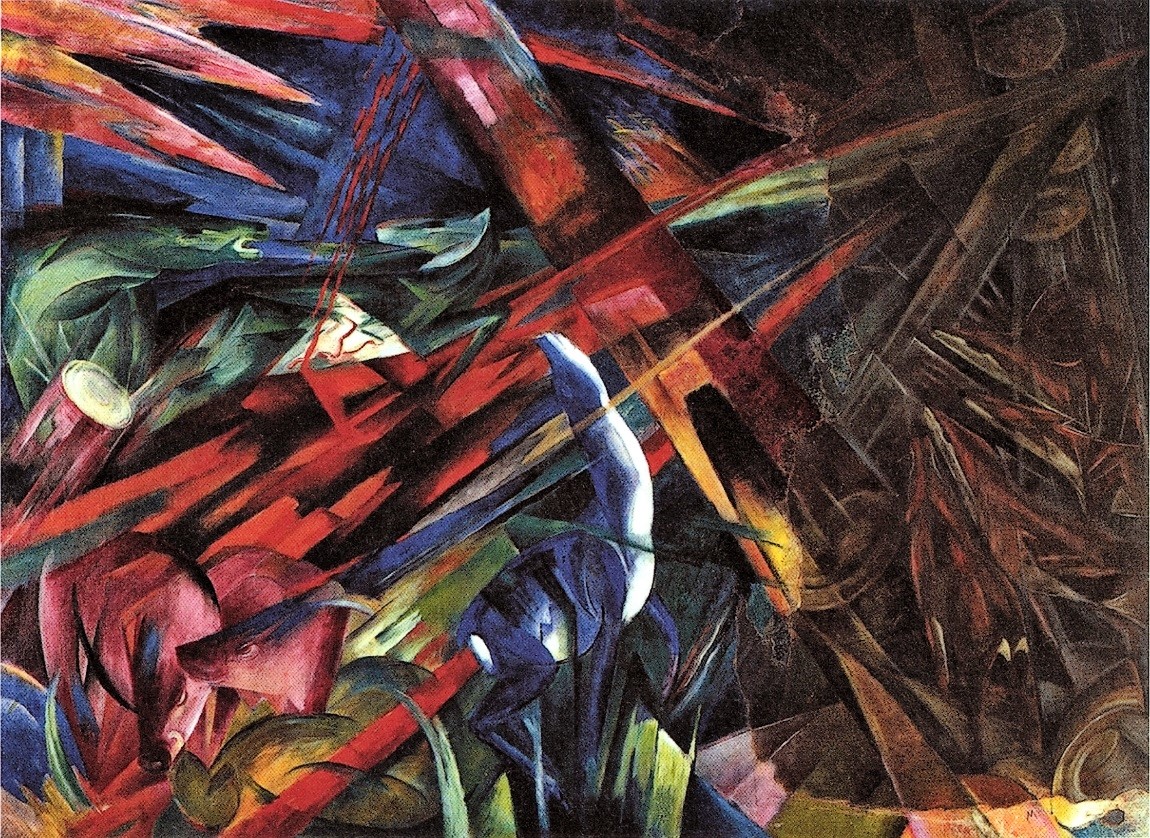Ok, so I have no artists for this post, but I wanted to throw this question out there anyway.
Adam Vanvossen and I were talking the other day out at the bar on $.25 wing night, and we were discussing each others' photographs, and discussing the upcoming Juried Art Show. We were also talking about how you should go about naming your work. We went back and forth offering our constructive criticism towards each other's name choices, etc...We also we're offering our compliments towards each other's work as well. Saying..."Oh no, yours is so much better then mine." Or, "I have no doubt you will win something in the art show." Then out of no where Adam says..."I feel threatened by you." I was stunned, because his concepts, techniques and execution have always impressed me. Then we continued to talk about how competitiveness is somewhat essential to make good art.
It is, at least I believe in our group it is, a very friendly and helpful community atmosphere. However I think we all still feel like this sense of competing with one another. We give so much praise, and I know we mean it, but when we leave, we think, "wow, she/he is really good... How am I going to top that?" I don't think our purpose is not to top each other, but it pushes us to always put something on the screen that people will be awed by (in an extreme circumstance) or moved by. It was cool to hear him say this, because i felt the same way towards him, and many of my classmates, but I didn't want to be the one to say it. Do you feel this sense friendly sense of competition when creating your art? Does it make you a better artist? Is this one of the only places you feel like you want the other people to be "semi-threatened" by you? Isn't this an occupation where, even though we all care about each other and each other's success, to make it, we need to keep competing?
I think we can say we will all offer help to each other if needed or asked, and encourage one to do their best with making their ideas reality. I just thought it was an interesting thing to realize and to hear someone else say it to.








 0
0





















 if you want to check out more of these, their website is
if you want to check out more of these, their website is 
 Another thing to refer to is the lighting situation. This spotlight that highlights the face creates a nice bright head with a desolate background.
Another thing to refer to is the lighting situation. This spotlight that highlights the face creates a nice bright head with a desolate background. 

 shots as well as detail shot to expose great color and reveal the aggressiveness behind what is truly going on. There is obviously going to be a certain aura in a situation like this, so why not document that along with what is truly going on. It is important to note WHAT is making the atmosphere and not focus on WHO the entire time. Explore both, and use them as tools. Kurtz has a library of photographs were he explores everything that a situation has to offer. Here are a two more from different collections of photographs that I urge you guys to check out. He documents the situation, the people, the location, and really works with all aspects of the environment around him to create a body of work.
shots as well as detail shot to expose great color and reveal the aggressiveness behind what is truly going on. There is obviously going to be a certain aura in a situation like this, so why not document that along with what is truly going on. It is important to note WHAT is making the atmosphere and not focus on WHO the entire time. Explore both, and use them as tools. Kurtz has a library of photographs were he explores everything that a situation has to offer. Here are a two more from different collections of photographs that I urge you guys to check out. He documents the situation, the people, the location, and really works with all aspects of the environment around him to create a body of work.






















